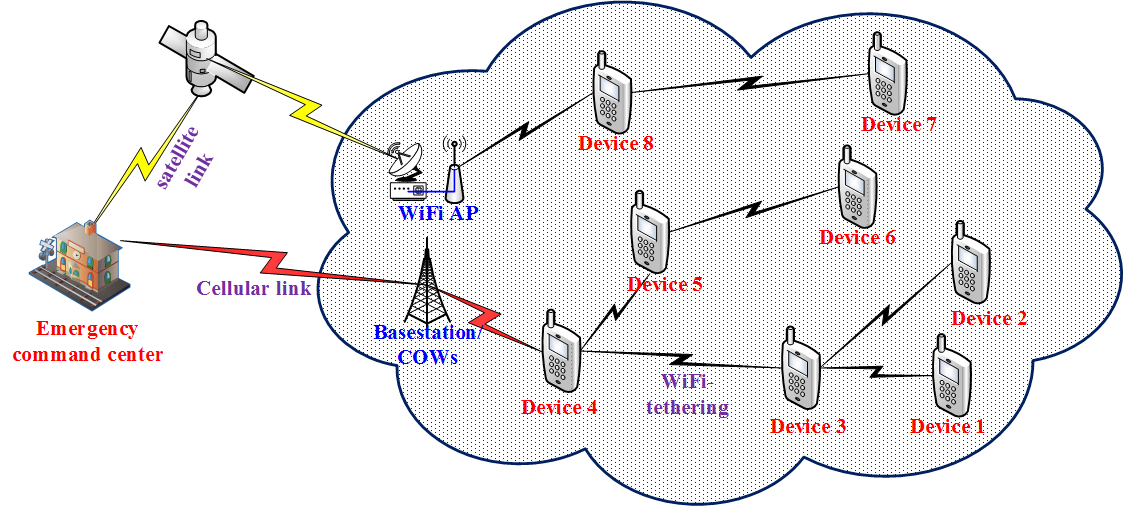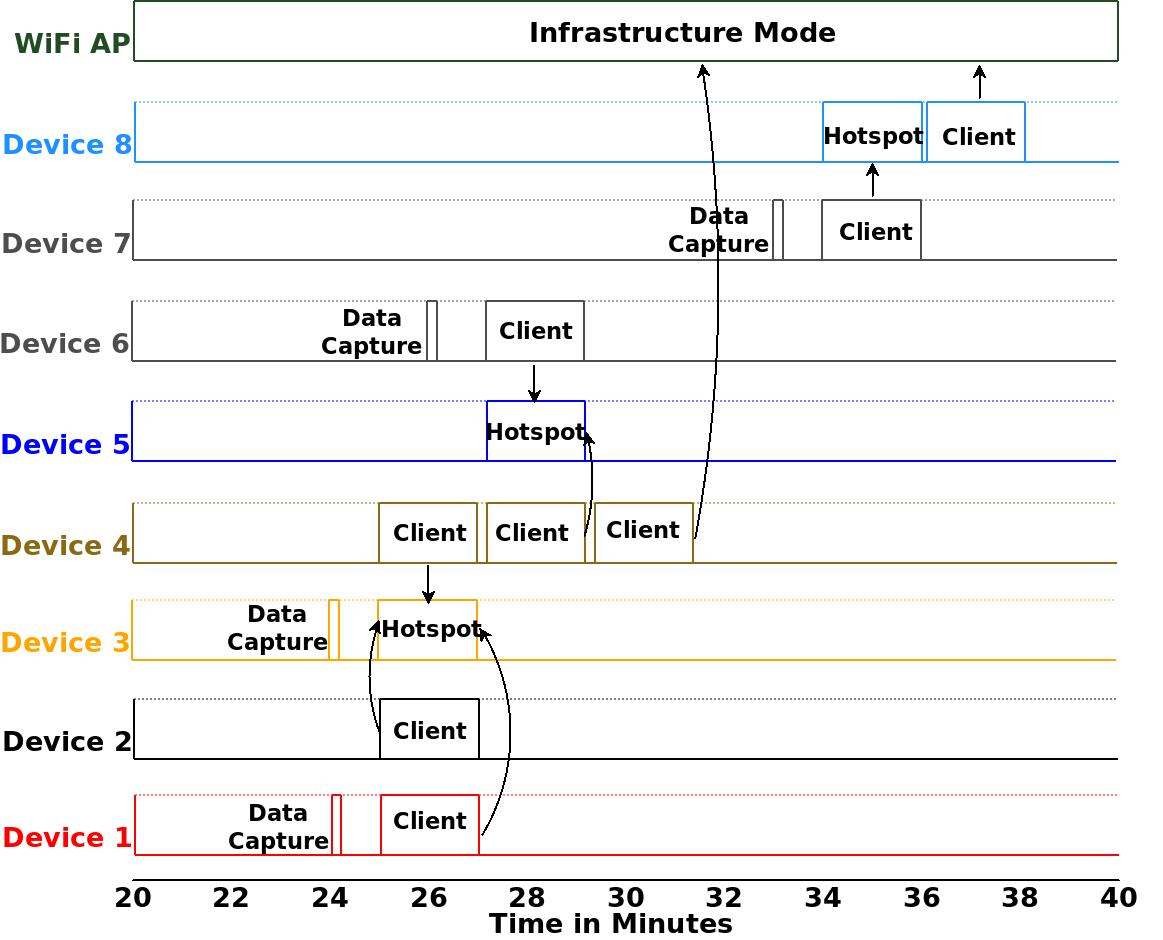Fig. 1: Network Architecture of integrating the smartphones with the emergency management system.


The world has lately witnessed several large disaster scenarios that extend over multiple days or longer, three prominent examples being the 2011 Tohoku earthquake in Japan, 2005 Hurricane Katrina, and 2011 Hurricane Sandy in the US. Such extended disaster scenarios continue to evolve, often in unexpected ways, and a situational awareness of their evolution is crucial for providing the right kind of emergency response in terms of rescue, health- care, basic necessities, debris removal, etc. Large disasters often damage the communications infrastructure, and an ad hoc emergency communications infrastructure becomes essential to cover disconnected areas. Numerous factors such as inaccessibility of the area, lack of electricity, unstable buildings, uncertainties about where the impacted people might be, etc. make it very difficult to set up such a communications network expeditiously and change its configuration dynamically so that it best serves its purpose.


It is well recognized that the ubiquitous use of smartphones and the availability of an increasing array of sensors on them can be a big boon in this regard. In particular, by making smartphone as an integral part of the emergency network, we automatically solve the twin problems of making contacts with the impacted people and gathering relevant data around them, such as their location, pictures/sounds relating to the ongoing event or the damage caused by the disaster, environmental conditions, health-status, etc. Nevertheless, integrating smart- phones into the emergency network and making the resulting network cognizant of the needs of the smartphone owners, their remaining battery levels, and the physical situation around them, is quite challenging.
In order to integrate smartphones with the rest of the emergency communications network, we assume that every smartphone is equipped with our emergency networking app that is used for establishing the ad hoc network as required to fill gaps in Internet connectivity, data collection under program control from available sensors (such as camera, microphone, gyroscope, GPS, etc.), data filtering and communication to the deployed emergency communications nodes, and ultimately for changing the network configuration in response to instruc- tions from "higher levels" in the deployed emergency infrastructure. In view of this, we propose to use WiFi tethering capabilities that are available on nearly every smartphone currently. The key idea is to use a loosely synchronized mechanism whereby the mobile phones alternate between client and hotspot mode (shown in Fig. 1) and thereby allow support both a direct discovery and data transfer without any external access point.
A small prototype is available on YouTube.
Related Publications: